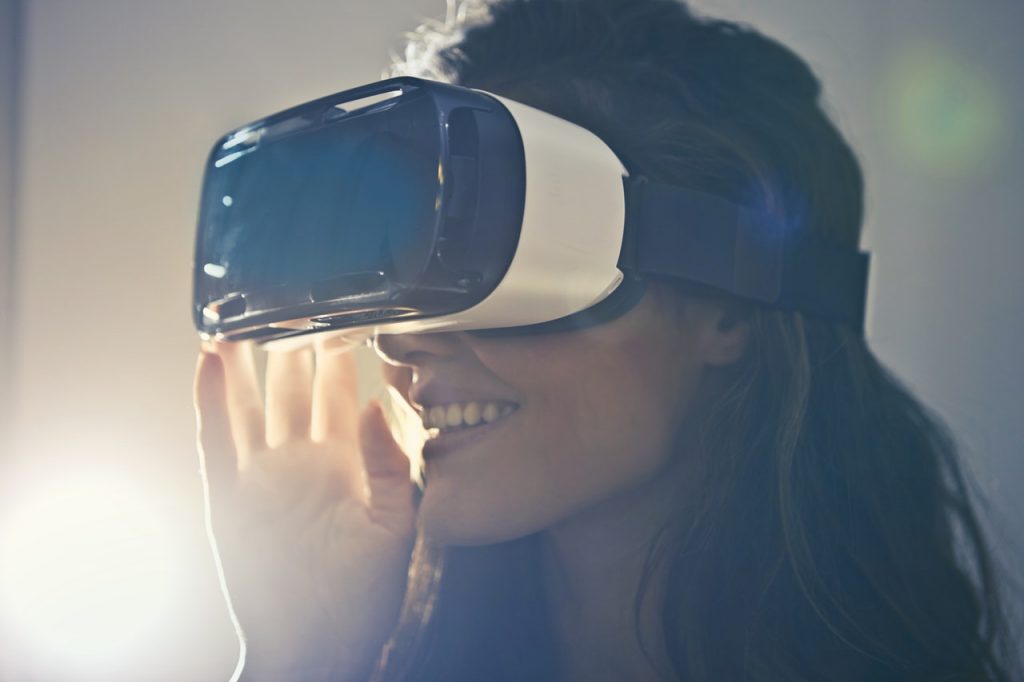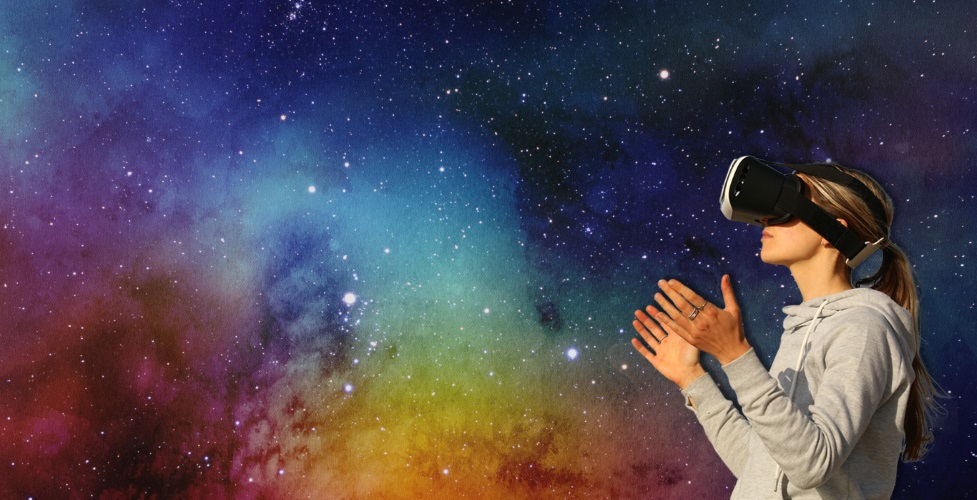
The Millennials are here. And the world is taking notice.
Millennials today make up the largest demographic group in the U.S. Comprising of 80 million people. Their expected spending is estimated to stand at $600 billion. Accenture predicts that this amount will rise to $1.4 trillion annually or 30% of total retail sales by 2020! The sheer size of this population makes them one of the most powerful influencers of the retail economy. Driven by experiences above everything else, marketing to the millennial customer has to all about creating memorable experiences…experiences that integrate seamlessly into their environment that they can positively associate with.
Having been born in the midst of the digital revolution, this generation is well conversant with technology. They are uniquely capable of integrating technology seamlessly into their lives and are comfortable viewing the world from their digital lens. Virtual Reality, or VR as it is more popularly knows, thus fits in comfortably in their narrative and is giving marketers new opportunities to evaluate the ways they connect with this demographic.
The meteoric rise of VR
VR has grown phenomenally over the past couple of years from a tool for entertainment and gaming to a revolutionary tool to connect with the users on a deeper level. Millennials, for example, not only look at VR for an elevated gaming experience but also as a necessary tool at work. A study conducted by Penn Schoen Berland shows that 58% of millennials preferred high-tech in-office perks like VR as opposed to the traditional ping pong tables or free snacks. 66% of millennials believe VR aids better training.
Owing to the numerous opportunities of applying VR to drive experiences, it is hardly a wonder that the VR market is growing at an exceptional pace. According to a Zion Market Research forecast, the global VR market that was valued at “$2.02 billion in 2016 is expected to reach 26.89 billion by 2022, growing at a CAGR of around 54.01% between 2017 and 2022”.
VR and the Millennial Customer – A Match Made in Heaven
Today’s marketers have had to sit up and take notice of this shiny and attractive new technology. Caught in the midst of an ever-evolving digital landscape, marketers have to look at creating experiences that attract the consumer and keeps them engaged with the brand. Being the technology savants they are, millennials are drawn to the highly immersive and intimate experiences curated by VR. Millennials are also on the constant lookout for authentic experiences and VR presents itself as the frontier to give them exactly that.
The quality of VR experiences are also becoming very high and are surpassing expectations of technology-oriented experiences. Marketers can now amplify brand experiences using VR. Honda, for example, released a 360-degree VR content that allowed the viewers not only view the new Honda Civic from inside but even allowed them to test drive it by playing a racing game. Ikea employed VR to build their interactive kitchen experience which allowed their customers to remodel their kitchens virtually.
VR also gives marketers the opportunity to enable ‘self-insertion’ into media. Though this is not a new trend as there have been many fiction authors who take the first-person account, for marketers VR gives them the opportunity to enable this for their consumers when experiencing their products. The growing sophistication of VR experiences is making sure that these experiences take the consumer from being a passive viewer to an active participant.
With VR, marketers can provide their consumers with access to things that they don’t usually have or help them experience something differently. Extreme sports, for example, is not something one can experience easily. But using VR, you can curate such an experience for the consumer. Adidas’s Climb a Mountain campaign is an excellent example of using VR for brand activation for Adidas TERREX products.
Why is VR Becoming a Dominant Reality Today?
VR is becoming an active contributor to marketing success as marketers are realizing its power to create deep, meaningful and engaging experiences. VR marketing also has received the nod of Social Influencers with 95% of social influencers being aware of this technology. This is important as millennials are heavily influenced by these influencers who comprise of bloggers, vloggers, Instagrammers etc. with 42% of millennials following influencers on social platforms. Social Influencers are today touted to be more influential marketers than even Hollywood celebrities! Clearly, attracting them for brand activation becomes essential for success.
The prohibitive cost of VR hardware was impeding towards VR adoption. However, with the price of VR headsets coming down, consumer interest in the same has increased. Smartphones too are coming armed with VR capabilities, making VR more ready for marketing.
The high cost of development for VR experiences was also preventing marketers from adopting it in their brand activation strategies. Along with being effort intensive and expensive, developing the right experiences was also time-consuming.
Today, however, the technology has matured and as its target audience has warmed up to it. It has also become much easier to create immersive virtual reality experiences without any programming. Marketers now have the capability to transform their content into immersive virtual experiences by using customizable, pre-defined templates and publish it for Web, Mobile as well as dedicated VR Glasses.
While VR was a futuristic dream a few years ago, today it is a reality. The future is here.
If you want to know how to create immersive VR experiences in a snap, try Experizer for FREE – https://studio.experizer.com/



